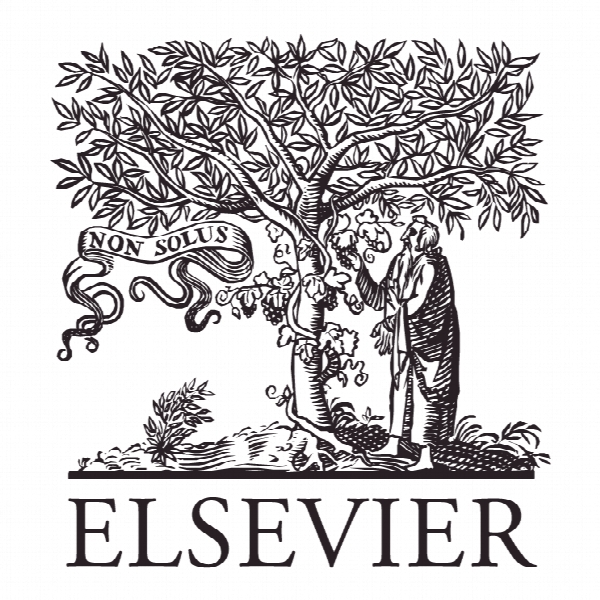اداره چارچوب های مدیریت ریسک و فن آوری: ترجمه عدم قطعیت در خطرات خالص و ناخالص The performativity of risk management frameworks and technologies: The translation of uncertainties into pure and impure risks
- نوع فایل : کتاب
- زبان : انگلیسی
- ناشر : Elsevier
- چاپ و سال / کشور: 2018
توضیحات
رشته های مرتبط مهندسی صنایع و مدیریت
گرایش های مرتبط مدیریت استراتژیک و مهندسی مالی و ریسک
مجله حسابداری، سازمان ها و جامعه – Accounting – Organizations and Society
دانشگاه Copenhagen Business School – Solbjerg Plads – Frederiksberg – Denmark
منتشر شده در نشریه الزویر
کلمات کلیدی انگلیسی Risk management, Uncertainty, Performativity, Purification, Inscriptions, Visualisation
گرایش های مرتبط مدیریت استراتژیک و مهندسی مالی و ریسک
مجله حسابداری، سازمان ها و جامعه – Accounting – Organizations and Society
دانشگاه Copenhagen Business School – Solbjerg Plads – Frederiksberg – Denmark
منتشر شده در نشریه الزویر
کلمات کلیدی انگلیسی Risk management, Uncertainty, Performativity, Purification, Inscriptions, Visualisation
Description
1. Introduction Over the last three decades, the concept of risk management has become increasingly important for governments and companies alike, transforming the management of organisations and influencing everyday work routines (Hayne & Free, 2014; Kaplan, Mikes, Simons, Tufano, & Hofmann, 2009; Power, 2016b). One of the latest developments has been the worldwide application of risk management frameworks and technologies to the management of mega-projects in the public sector. Such projects have acquired an infamy borne from their tendency to go both over time and over budget (Flyvbjerg, Holm, & Buhl, 2002, 2003). As one attempt to temper this tendency, governments have increasingly turned to insisting that risk management frameworks and associated technologies form part of the project management process. So far, however, we know little of the long-term dynamics of such frameworks and technologies (Jordan, Mitterhofer, & Jørgensen, 2016). How do they help represent and organise ‘the work of risk’ (Power, 2016a, p. 276)? To what extent do they assist with the broader objective of curbing the years of cost overruns on projects? This article examines the long-term dynamics of risk management frameworks and technologies related to the translation of uncertainties into risks. Our study is informed by Michel Callon’s performativity thesis (Callon, 1998c, 2007; Callon, Lascoumes, & Barthe, 2009) and Bruno Latour’s conceptual work on purification and inscriptions (Latour, 1986, 1987, 1993). The performativity thesis argues that theories, frameworks and technologies produce the worlds that they describe (Callon, 1998b). This concept allows us to approach the construction of risks as the process of making risks more like the prescription of frameworks and technologies. It also allows us to approach the construction of risks as a process in which frameworks and technologies themselves interact with other actors and undergo change. This article represents one of the few performativity studies to describe the efforts over time associated with actualising and re-actualising an (economic) framework. It contributes to the current debate on risk management frameworks and technologies (Hall & Fernando, 2016; Jordan et al., 2016, 2013; Kalthoff, 2005, 2011; Miller, Kurunmäki, & O’Leary, 2008; Power, 2009; Vinnari & Skærbæk, 2014) by revealing the long-term complex dynamics of these for the work of translating uncertainties into risks. The article also contributes to extant studies on risk experts (Arena, Arnaboldi, & Azzone, 2010; Mikes, 2011) and the visual nature of accounting inscriptions (Busco & Quattrone, 2015, 2017; Jordan et al., 2016; Pollock & D’Adderio, 2012; Quattrone, 2009). We make this contribution by showing the long-term effects of the experts’ attempt to define the boundaries of risk construction using a series of interrelated risk management technologies. These technologies enable the production of inscriptions that visualise the criteria for the construction of risks and perform the cognitive boundaries of the risk management participants (Latour, 1986). These inscriptions frame the visual performable space of the practice (Busco & Quattrone, 2015), but a visual performable space that also distorts performance and leads to endless reframing efforts in ‘a continuous process of search for perfection’ (Busco & Quattrone, 2017, p. 16). Because ‘perfection’ has already been pre-defined by the framework being relied on, however, this continuous search becomes one in which experts exclude all ‘imperfect’ representations of risks.


